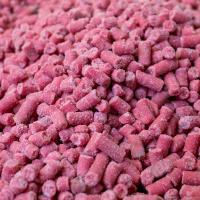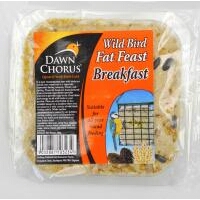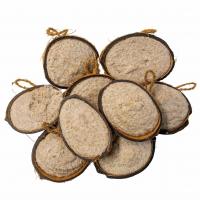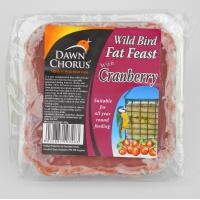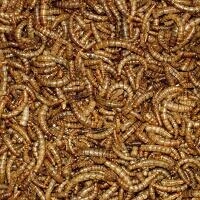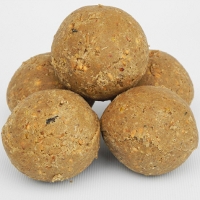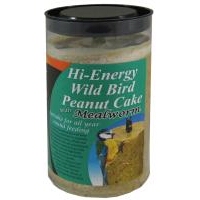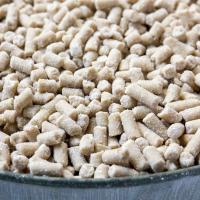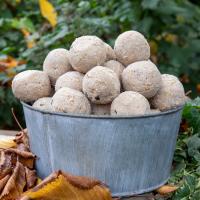- Home
- FAQs
- Customer Video Gallery
- Customer Photo Gallery
- Bird Facts
- Bird Food Blog
- Bird Information
- Feeding Advice
- Small Animal Information
- A to Z of Guinea Pigs
- A to Z of Hamsters
- A to Z of Rabbits
- Basic Care for Guinea Pigs
- Basic Care for Hamsters
- Basic Care for Rabbits
- Basic care for Chinchillas
- Basic care for Ferrets
- Basic care for Gerbils
- Basic care for Mice
- Basic care for Rats
- Buying a Healthy Small Animal
- Does your Reptile need a Licence
- Equipment for Ferrets
- Equipment for Hamsters
- Equipment for Mice
- Equipment for your Chinchilla
- Equipment for your Gerbil
- Equipment for your Guinea Pig
- Equipment for your Rabbit
- Keeping a House Rabbit
- Dog Information
- Cat Information
- Customer Information
- Fat Balls
- Suet Pellets
- Straights
- Seed Mixes
- Suet Treats
- Mealworms
- Bird Feeders
- My Account
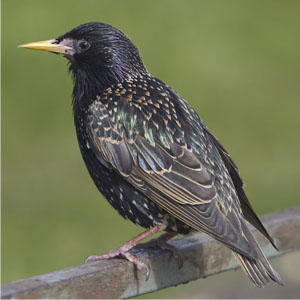
| Scientific Name | Sturnus vulgaris |
| Breeding | mid-April |
| Fledge Days | 20-22 |
| Incubation Days | 12-15 |
| Lifespan | 5 years |
| Number of Clutches | 1-2 |
| Number of Eggs | 4-9 |
| Size | 21.5cm |
| Weight | 75 - 90g |
| Wingspan | 37 - 42cm |
Bird Family : Starlings
Starling Facts - Information About Starling
Starling - Sturnus Vulgaris
The Starling is a very common bird in our towns, cities and gardens throughout the UK. Pre-roost flocks can be an amazing sight as birds form huge clouds, swirling and twisting before settling to roost. These collections of starlings are called a ‘murmuration’.
Starlings are noisy, aggressive, gregarious birds however, like many British birds there has been a marked decline in recent years.
Identification:
Adult
- Starlings are a familiar sight in our gardens, male and females are identical.
- There is only one other yellow billed black bird that could be confused with the Starling, that is the Black Bird, however on close inspection they are very different.
- Compared to Black Birds, Starlings are much smaller (20cm), shorter tailed and ‘move’ differently.
- Starlings tend to walk rather than hop and will cover ground fairly quickly.
- Plumage at a distance appears black, however closer inspection reveals a vivid metallic purple green iridescence and in winter all feathers will be buff tipped.
- In breeding plumage the buff tips are much reduced but should still be visible on the back and undertail coverts.
- Legs are pink in summer becoming duller in winter.
- Bill is sharp, yellow in summer and dark in winter.
- Eyes are black.
- In flight Starlings are very angular, with triangular shaped wings and short tail, flight is rapid.
Juvenile
- Juveniles appear from May onwards and are totally different to adults.
- Young birds are pale mousey brown, reasonably plain with a paler throat, they will always be in company of adults.
- By August, young birds will show a combination of buff tipped black adult feathers and brown young feathers, the head is last section of the bird to gain adult feathering.
- Many first winter birds will show adult body and young brown head.
- Bill, dark grey, legs pink, eye black.
Status and Distribution
The Starling is a very abundant breeding resident in the UK with over 8 million birds present. Starlings occurs in all counties throughout the UK. Habitat loss has caused the recent decline in numbers.
Habitat/Food
Starlings occur in all habitat types throughout the UK, woodlands, parks, gardens, farmland, hedgerows, towns and cities. They are cavity nesters and will utilise tree holes, roof cavities etc.
In the garden Starlings will feed on a almost anything from, kitchen scraps to Mealworms, they will also feed on invertebrates, Seed Mixes, Suet and Fat Balls .
Song/Call
Song notes consisting of mimicry, buzzes, clicks and whistles. Alarm call is a short, loud explosive ‘chet’.
The following food is favoured by Starling






